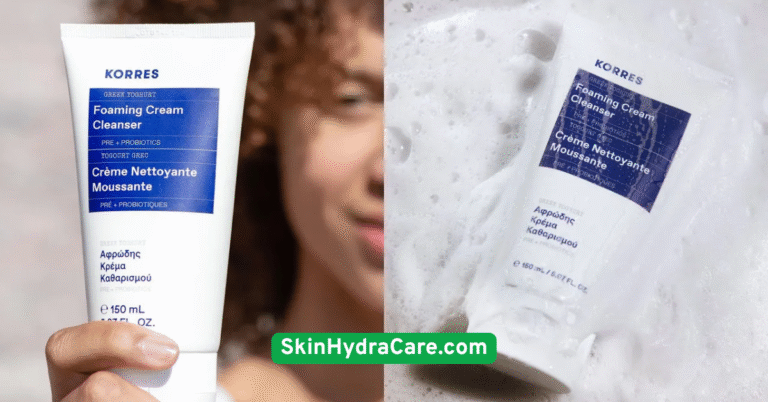15 Barrier-Repairing Skincare Tips to Calm Redness (2025 Guide)
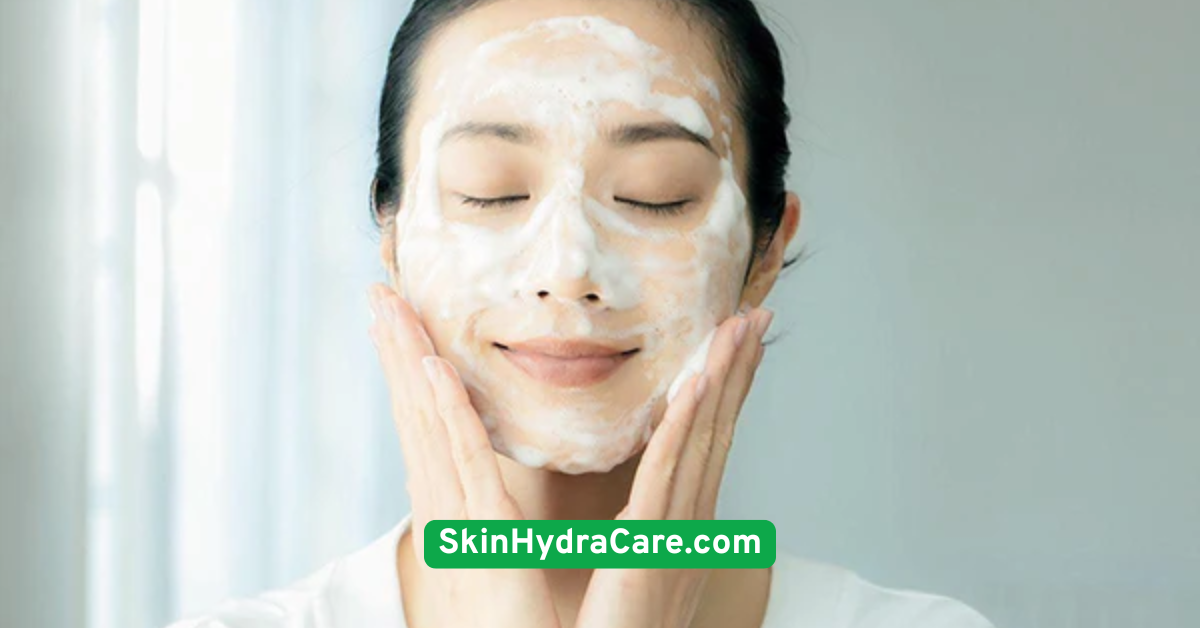
1. Start with a Gentle, pH-Balanced Cleanser
Redness-prone skin needs tender care, not tough love. And it all begins with your cleanser. Many traditional face washes strip the skin of its natural oils with harsh surfactants like sulfates—yikes! These not only dehydrate your skin but also weaken its barrier, leading to more inflammation.Instead, choose a pH-balanced cleanser (ideally around 5.5) that respects your skin’s natural acidity. Look for calming ingredients like glycerin, panthenol, and colloidal oatmeal. These are hydrating, gentle, and help prep your skin for the rest of your routine without aggravating the redness.Pro tip: If you’re double cleansing, do so only at night and opt for fragrance-free oil cleansers that emulsify cleanly. No squeaky clean feeling here—just soft, soothed skin.

2. Ditch Fragrance and Essential Oils
We get it—those lavender-infused, peppermint-kissed creams smell amazing. But for red, sensitive skin? They’re often a recipe for disaster. Fragrance and essential oils are among the top culprits for skin irritation, especially when your barrier is compromised.To truly soothe your skin, go fragrance-free, not just “unscented” (which can still contain masking fragrances). Avoid essential oils like eucalyptus, citrus, and tea tree—even though they’re “natural,” they’re potent irritants.Stick to minimal ingredient lists and patch-test every new product. Remember, when calming redness, less really is more.
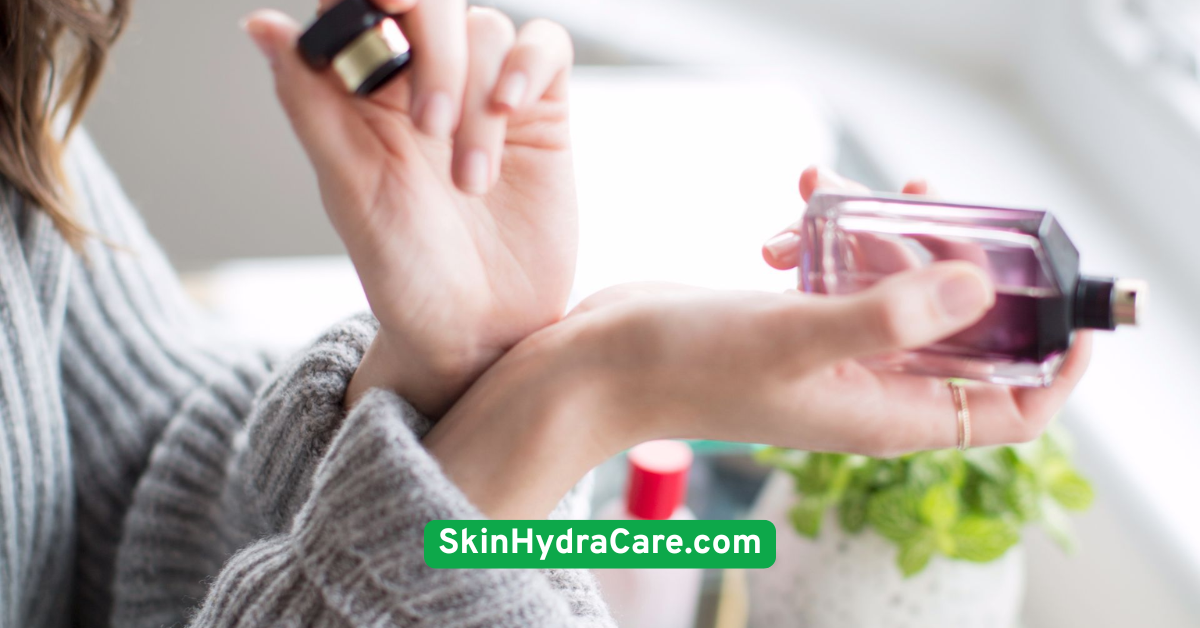
3. Opt for Barrier-Fortifying Moisturizers
Your moisturizer should be your skin’s security blanket—comforting, supportive, and always there when you need it. Barrier-repairing moisturizers are packed with ceramides, cholesterol, and fatty acids—ingredients that mimic your skin’s natural structure and help rebuild what’s lost.Look for rich, creamy textures—especially for night use. Lightweight gel creams can feel nice but may lack the occlusive power needed to lock in moisture.Budget-conscious tip? You don’t need a $60 cream to heal your skin. Brands like CeraVe and Vanicream offer barrier-repairing moisturizers at wallet-friendly prices that dermatologists swear by.
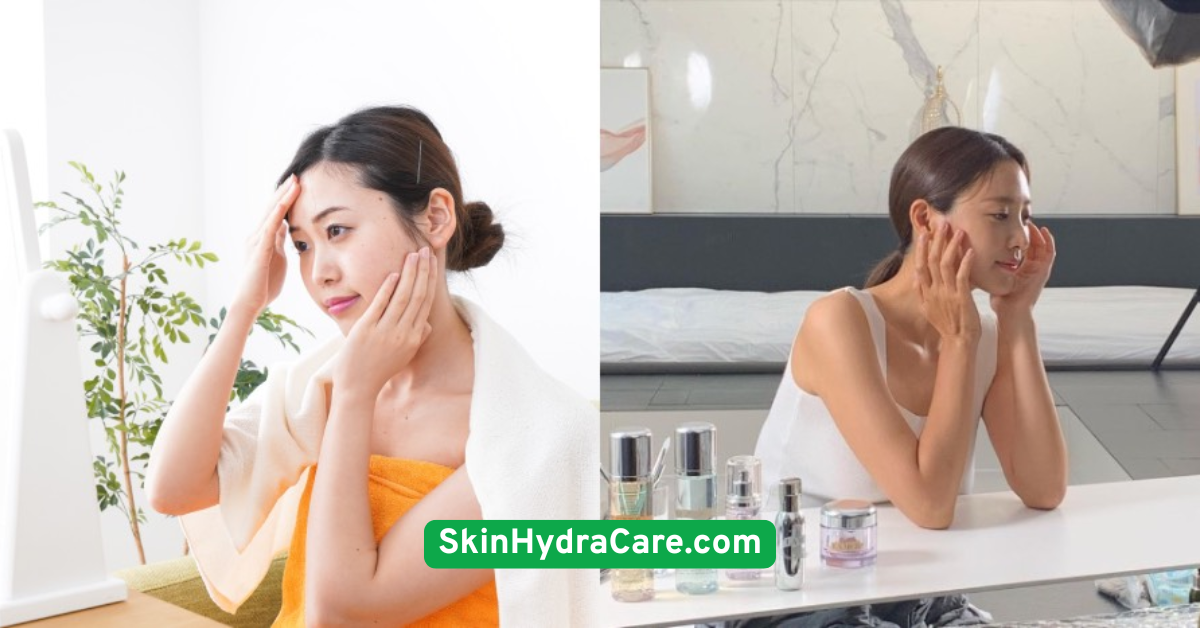
4. Use Niacinamide to Soothe and Strengthen
Niacinamide (vitamin B3) is like that supportive best friend who knows just what to say. It’s one of the best ingredients for reducing redness, improving skin resilience, and boosting hydration, all without causing irritation.Aim for products with 2–5% niacinamide. Higher concentrations might be too strong for ultra-sensitive skin. It also helps balance oil production, soothe inflammation, and fade post-irritation marks.Layer it after cleansing and before moisturizing for a gentle skin-repair cocktail that actually works.
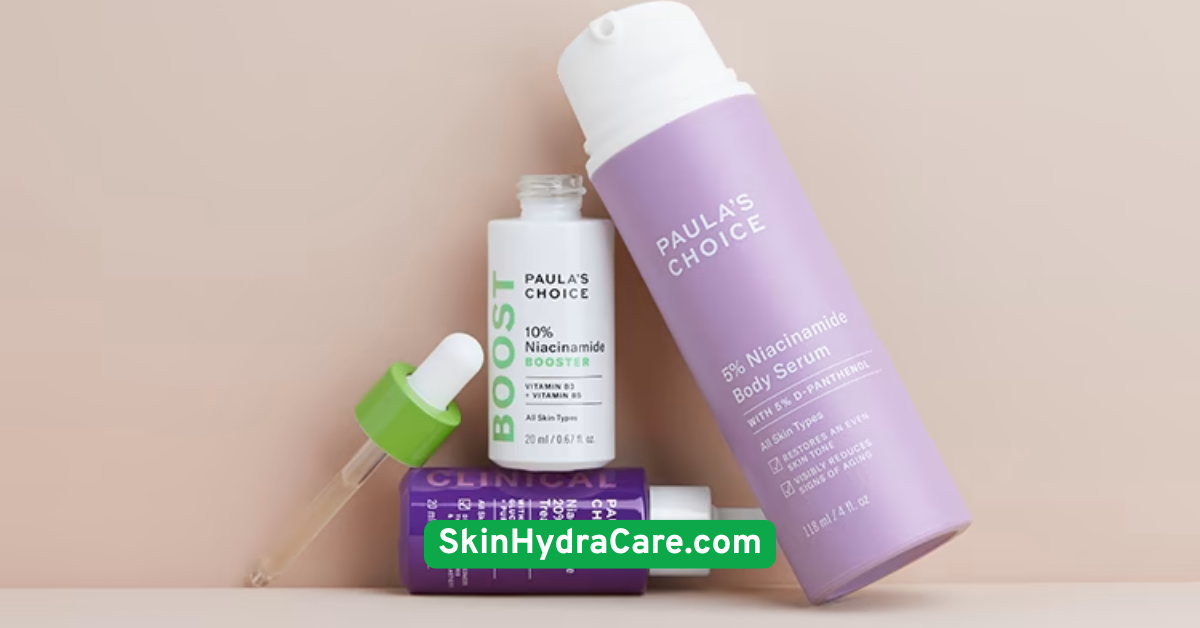
5. Introduce a Skin Barrier Serum
Think of a barrier serum as your skin’s superhero serum—packed with calming, healing ingredients. Look for formulas featuring Centella Asiatica, allantoin, beta-glucan, or multi-peptides. These work together to reduce inflammation and support skin regeneration.Apply on slightly damp skin right after cleansing. Let it absorb fully before layering on your moisturizer. When your skin is inflamed or dry, a barrier serum can be the secret sauce that turns things around.You don’t need a 12-step routine—just the right few steps, and this is one of them.
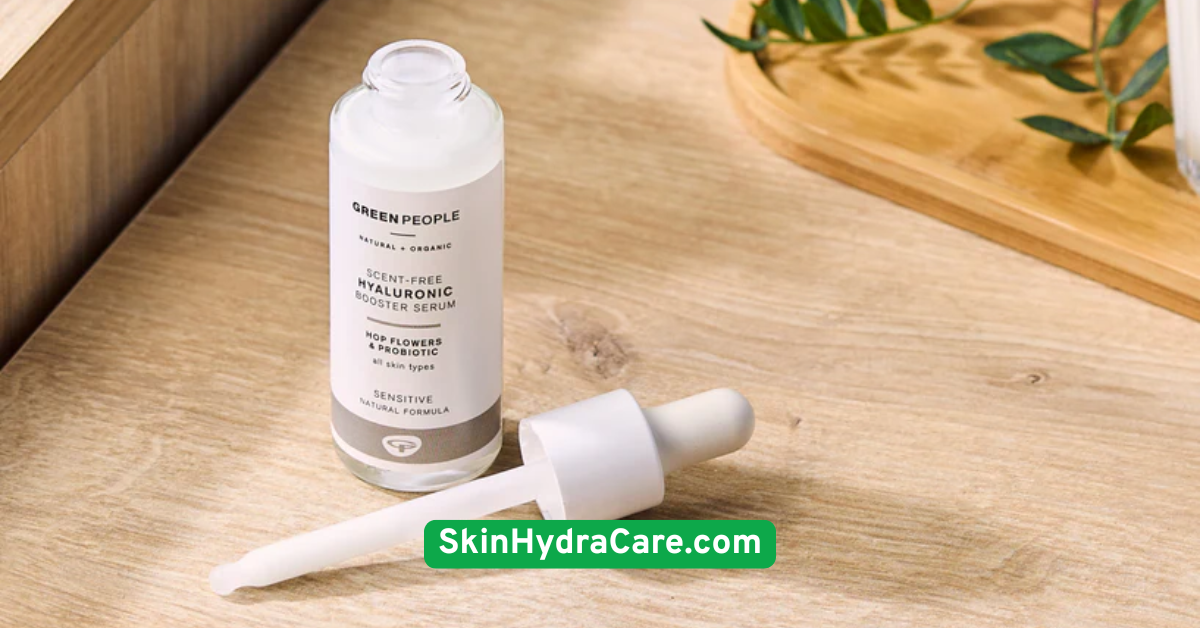
6. Apply Products Using the Sandwich Technique
Want to boost hydration and lock it in? Use the sandwich method: layer your hydrating products like you would a sandwich—hydrating mist ➜ serum ➜ moisturizer. This technique seals moisture into the skin and prevents transepidermal water loss (TEWL).Spritzing your face with water or a thermal mist before applying serum ensures better penetration. Then, seal everything in with a thick moisturizer. It’s like wrapping your skin in a cozy blanket after a warm shower.This gentle technique is especially useful during colder months or after exfoliation.

7. Avoid Over-Exfoliation at All Costs
Exfoliating can feel satisfying, but for redness-prone skin, it often does more harm than good. Overdoing acids like glycolic or salicylic weakens your barrier and leads to more redness.Cut back to exfoliating once a week max, and during flare-ups, skip it entirely. If you must exfoliate, opt for enzyme-based products like papaya or pumpkin enzymes. These are gentler and less likely to cause irritation.Listen to your skin. If it’s stinging, scaling, or flaring up, put the exfoliants away and go back to basics.
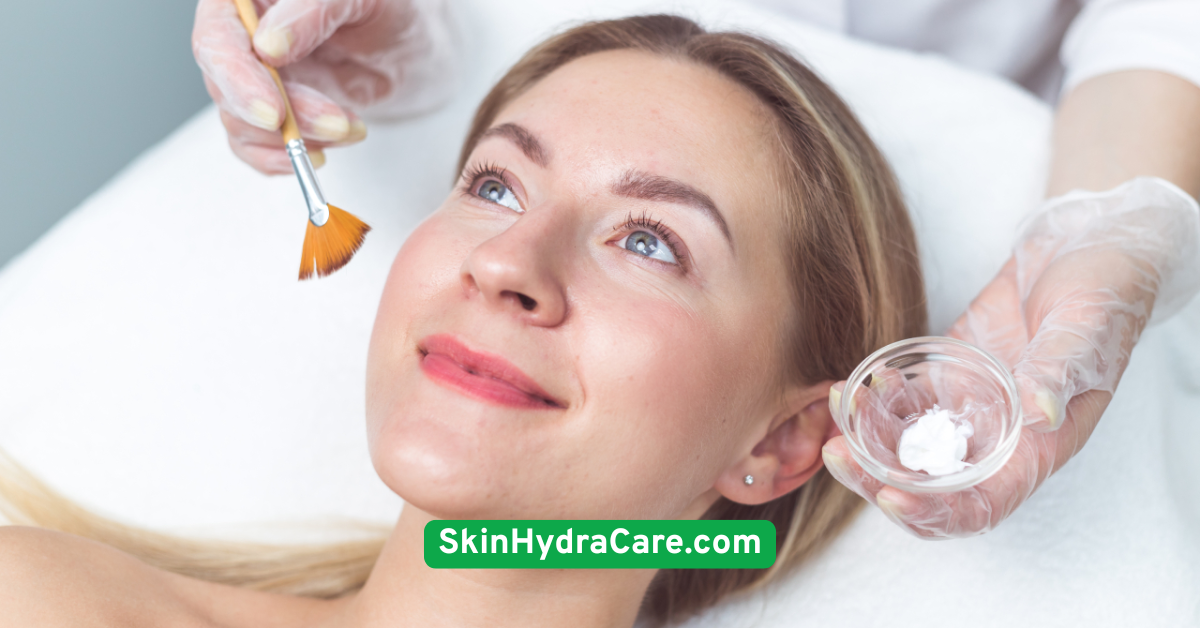
8. Use SPF Every Morning, No Exceptions
Sun exposure is one of the biggest contributors to redness, irritation, and barrier breakdown. Even on cloudy days, UV rays penetrate and inflame sensitive skin. Daily sunscreen is non-negotiable.Choose a mineral sunscreen with zinc oxide or titanium dioxide. These physical blockers are less irritating than chemical filters and also soothe skin. Reapply every 2 hours if you’re outside—yes, even if you’re just running errands.Bonus: some tinted mineral sunscreens help neutralize redness while protecting your skin. Win-win!

9. Introduce an Overnight Barrier Mask
Sometimes, your skin just needs an intense, overnight reset. That’s where sleeping masks or barrier balms come in. These rich formulas seal in hydration and create a protective layer while you sleep.Ingredients to look for: squalane, beta-glucan, mugwort extract, or panthenol. Apply over your moisturizer 2–3 nights per week, especially during colder seasons or after a flare-up.Waking up with skin that feels plump, calm, and comfortable? That’s the power of overnight repair.
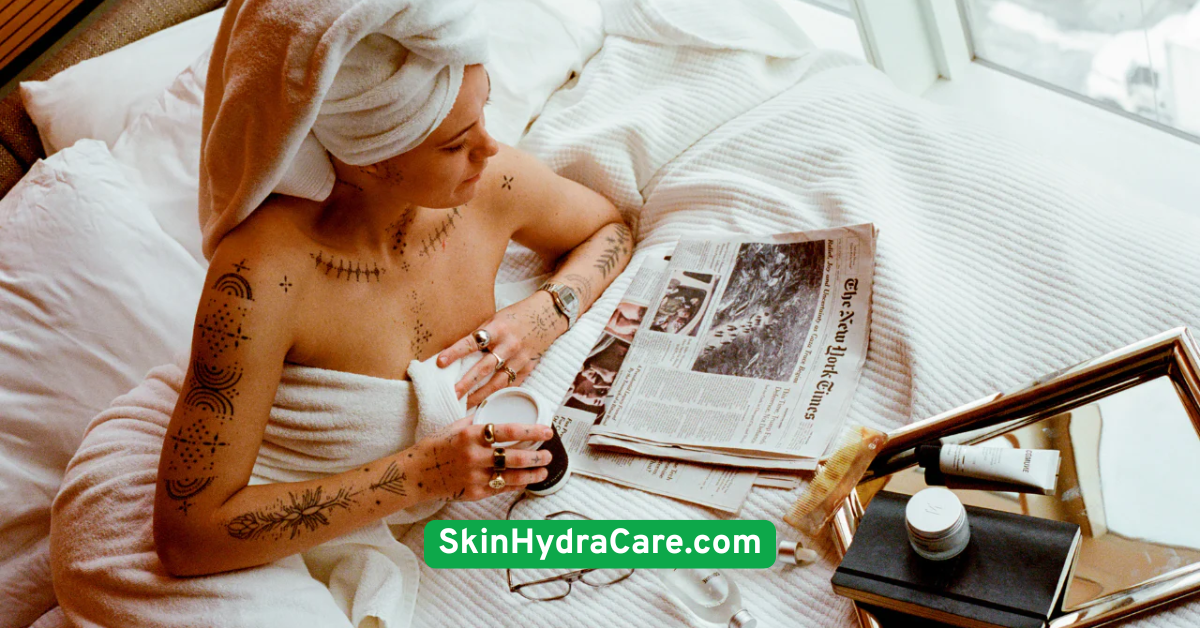
10. Keep Showers Short and Lukewarm
Hot showers may feel amazing, but they’re rough on your barrier. They strip natural oils, worsen dryness, and increase inflammation. Stick to lukewarm water and limit showers to 5–10 minutes max.Right after stepping out, pat your skin dry with a soft towel (no rubbing!) and apply moisturizer while skin is still damp. This locks in hydration and prevents moisture loss.Making this one tweak can drastically reduce redness over time.
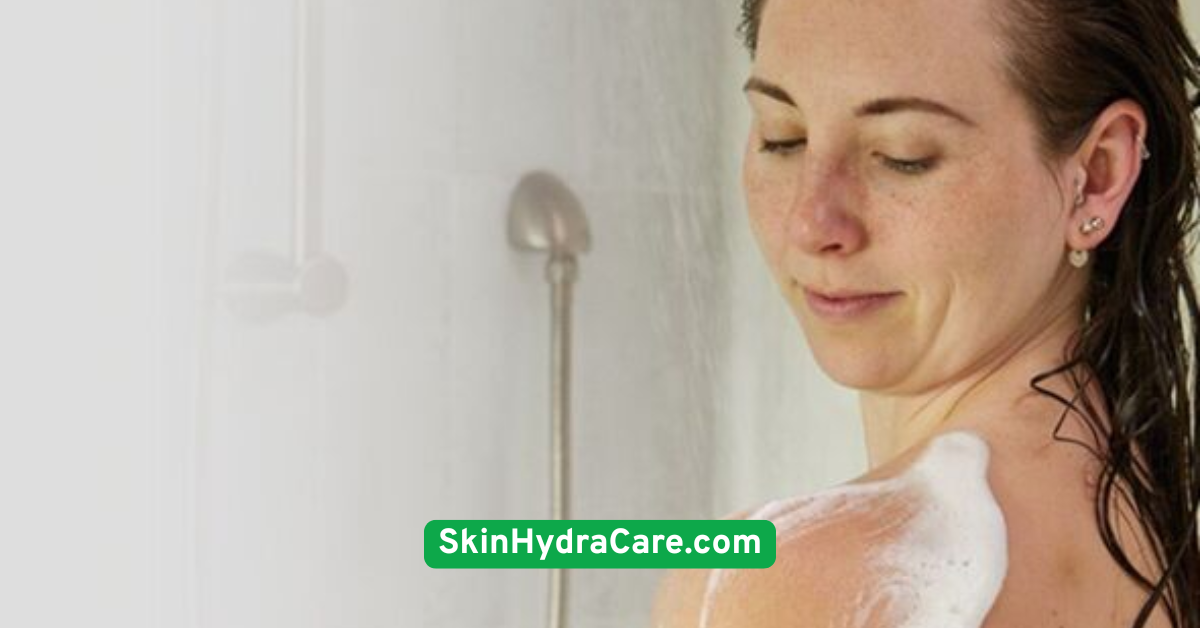
11. Avoid Harsh Towels and Wipes
That plush hotel towel might feel luxurious, but it could be too rough for your delicate skin. Rubbing your face dry with textured towels or using alcohol-based wipes is a fast track to barrier damage.Switch to soft microfiber cloths and always pat, don’t rub. Avoid makeup wipes entirely—they’re often full of preservatives and fragrance.When it comes to redness, the gentler your touch, the better your results.
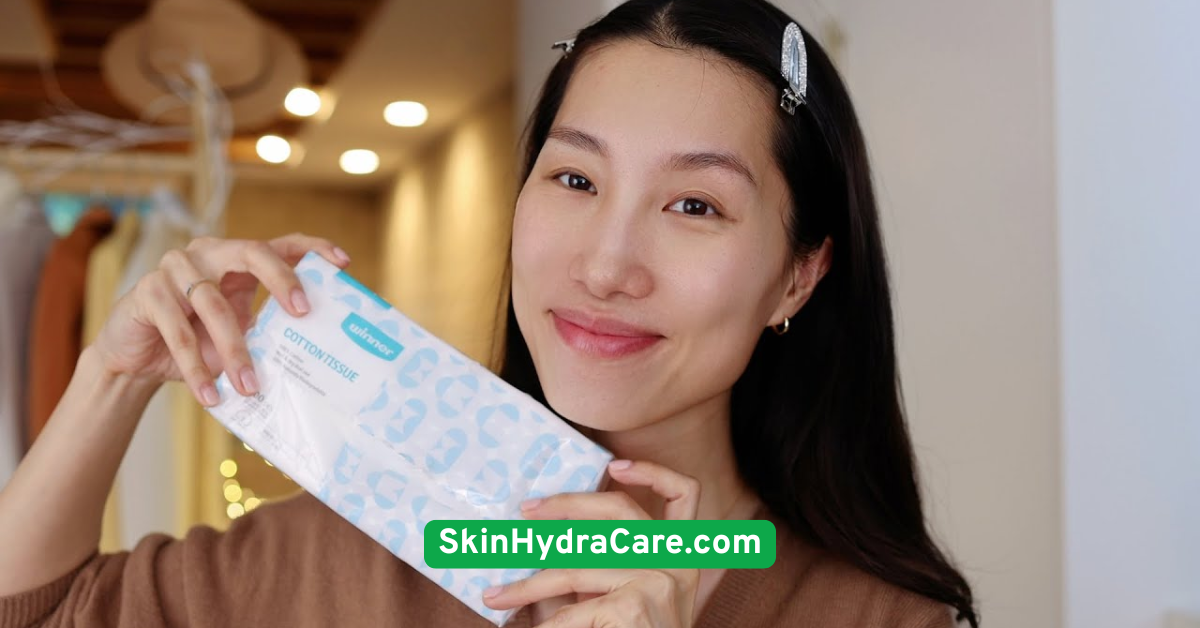
12. Hydrate Inside and Out
Skin hydration isn’t just about what you apply—it’s also about what you consume. Drink plenty of water (at least 8 glasses daily), especially if you live in dry climates or use indoor heating/AC.Pair that with omega-3-rich foods like salmon, walnuts, or flaxseed, which reduce inflammation and support skin health.You can also use a humidifier at night to keep moisture levels up—your skin will thank you in the morning.
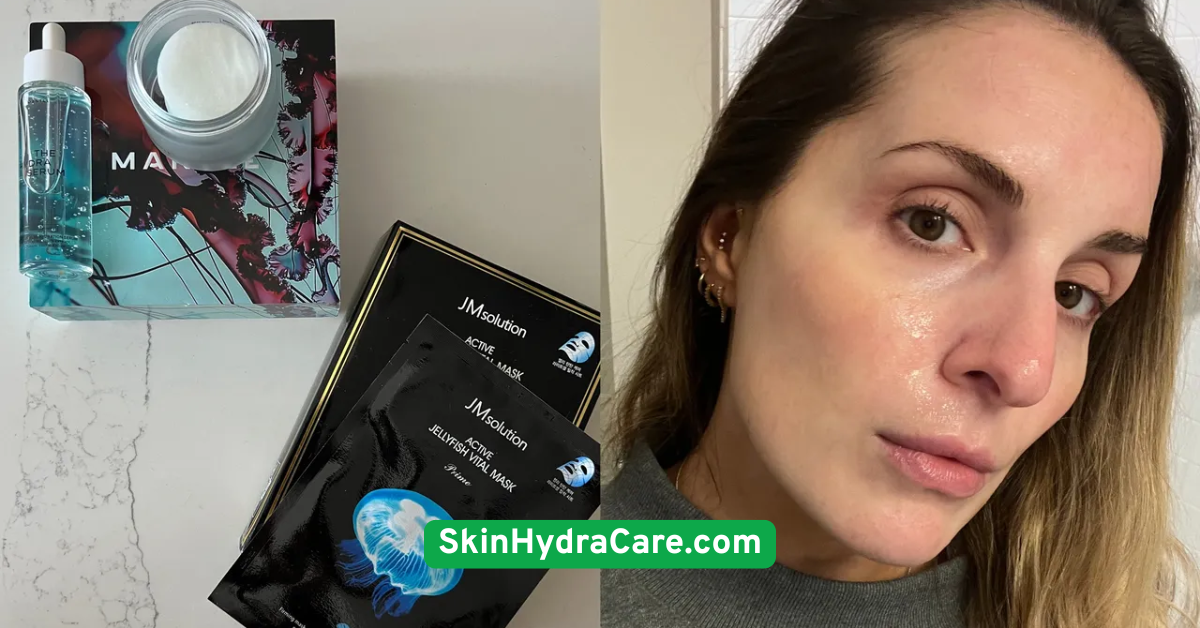
13. Patch-Test New Products Religiously
Redness-prone skin is reactive. Even the cleanest-looking product might trigger a flare-up. Before using anything new on your face, always patch test.Apply a small amount behind your ear or on your inner elbow. Wait 24–48 hours and watch for any irritation or rash. It’s a simple step that can save your barrier from another cycle of damage.Patience here really pays off.

14. Stick to a Simple Routine
When your skin is inflamed, don’t try to “fix” it with more. Instead, strip your routine down to the essentials: a gentle cleanser, a barrier-repairing moisturizer, and SPF. That’s it.Once your skin has calmed, you can slowly reintroduce treatment serums—one at a time. Minimalism in skincare isn’t just trendy—it’s healing.Your skin doesn’t need more products. It needs better habits.
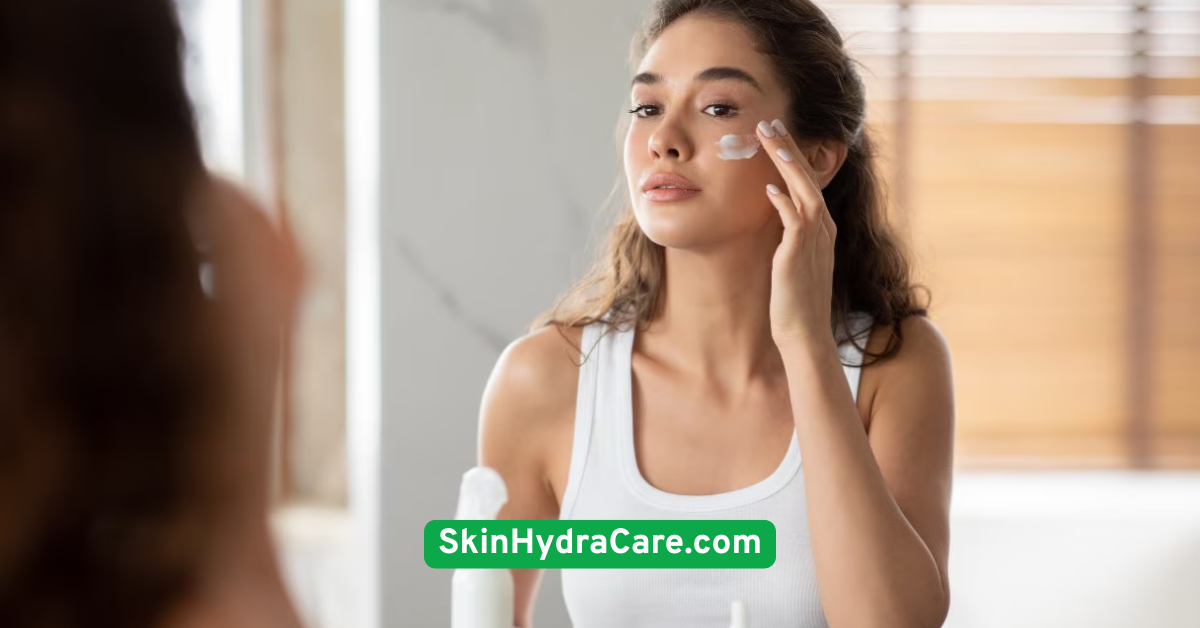
15. See a Dermatologist if Redness Persists
If your redness is chronic or painful, it’s time to get professional help. Persistent redness may be a sign of rosacea, seborrheic dermatitis, or allergic contact dermatitis.A dermatologist can recommend prescription topicals like azelaic acid, metronidazole, or oral medications if needed. Don’t suffer in silence—getting the right diagnosis can fast-track your barrier repair.Remember: skincare is personal, and sometimes expert insight is the best investment you can make.
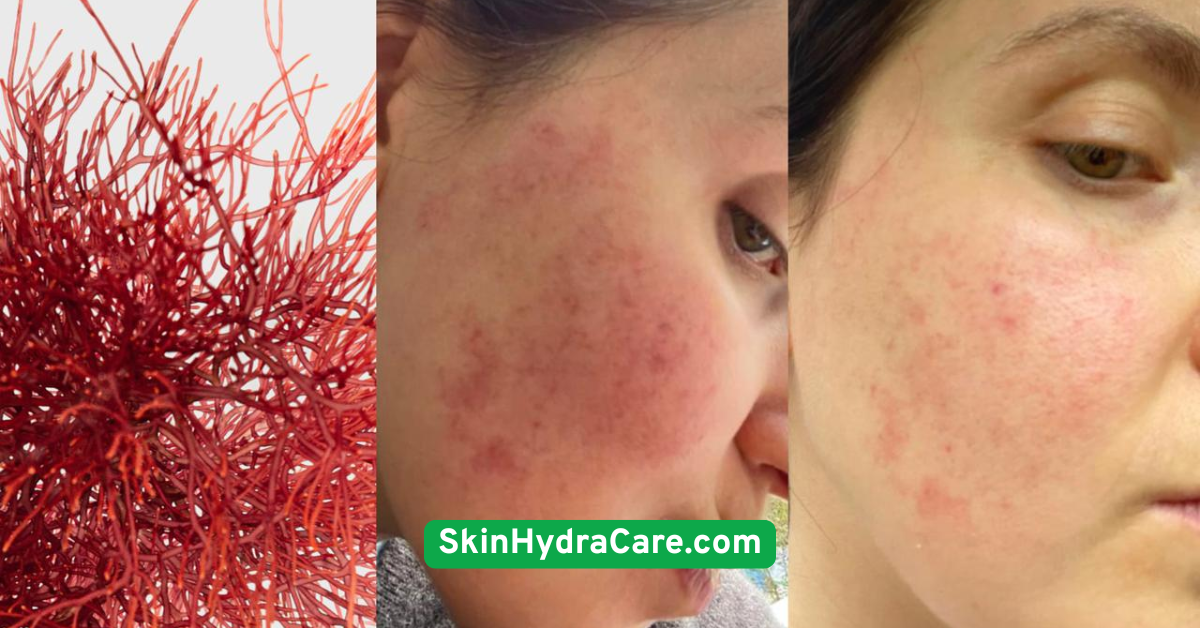
Conclusion
Healing a compromised barrier and calming redness isn’t about chasing the newest trend—it’s about going back to the fundamentals of gentle, intentional skincare. Whether you’re cutting out fragrance, embracing ceramide-rich creams, or simply drinking more water, each small step supports your skin’s resilience.So, give yourself grace. Barrier repair is a journey, not a sprint. With these 15 soothing tips, you’ll be well on your way to calmer, healthier, and visibly happier skin.Now, take a deep breath—and go pamper that beautiful skin of yours.




